On 25 July 2021, the 800-year-old Ramappa Temple was inscribed as a World Heritage Site as “Kakatiya Rudreshwara (Ramappa) Temple, Telangana”. The Ramappa temple in Palampet, Telangana’s Warangal, has been designated as a UNESCO World Heritage Site, according to the Culture Ministry. Following the announcement, Prime Minister Narendra Modi congratulated the country and encouraged people to visit the 800-year-old Kakatiya Era Ramappa Temple “to get a first-hand experience of its grandness”.
Prime Minister Narendra Modi Tweeted “Excellent! Congratulations to everyone, specially the people of Telangana. The iconic Ramappa Temple showcases the outstanding craftsmanship of great Kakatiya dynasty. I would urge you all to visit this majestic Temple complex and get a first-hand experience of its grandness”.
Union Culture Minister G Kishan Reddy Tweeted, “On behalf of the nation, particularly from people of Telangana, I express my gratitude to Hon PM @narendramodi for his guidance & support”.
Ramappa Temple, also known as the Rudreshswara (Lord Siva) temple, is located at 66 km away from Warangal, in a valley in Palampet village of Venkatapur Mandal of Mulugu district, 15 km from Mulugu, 209 km from Hyderabad in the state of Telangana in southern India. An inscription in the temple dates it to the year 1213 CE and says it was built by a Kakatiya General Recharla Rudra, during the period of the Kakatiya ruler Ganapati Deva.
Ramappa Temple is built on a star-shaped pedestal that stands 6 feet tall. There are numerous carved pillars in the hall in front of the sanctum. The temple is named after the sculptor Ramappa, and it is possibly the only temple in South India to be named after a craftsman.
The primary structure is made of reddish sandstone, but massive brackets of black basalt, which is rich in iron, magnesium, and silica, surround the outside. These are “the masterpieces of Kakatiya art, famous for their beautiful carving, sensuous poses, and extended bodies and heads,” and are carved as mythical animals, feminine dancers, or musicians. The roof of the temple is built with bricks, which are so light that they are able to float on water.
On either side of the main temple, there are two little Shiva shrines. The massive Nandi within, which faces Shiva’s shrine, is still in fine shape. Even after multiple conflicts, plunder, and destruction during wars and natural disasters, the temple remained intact. During the 17th century, there was a big earthquake that caused some damage. It was able to withstand the earthquake due to its ‘sandbox technique’ of laying foundation.
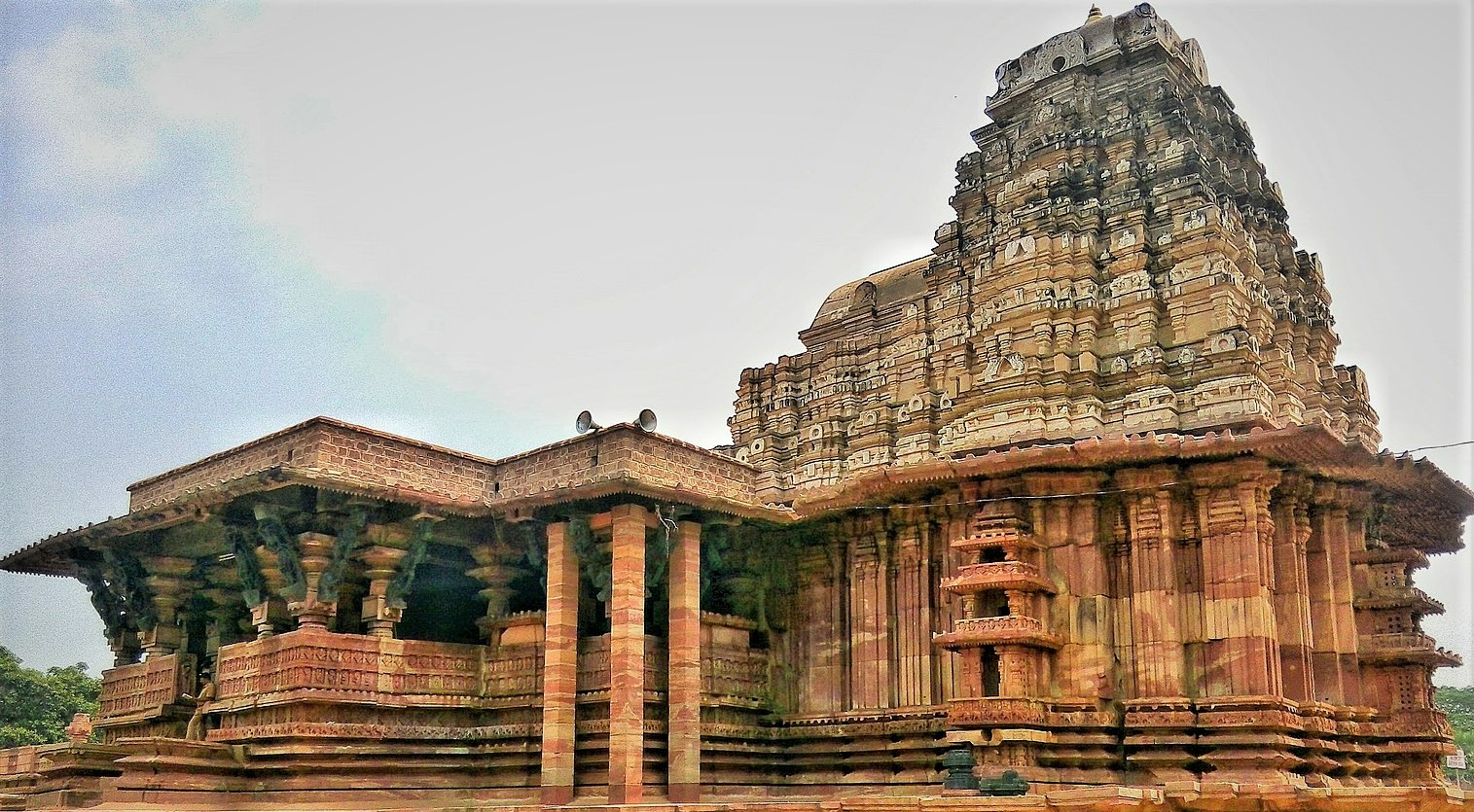
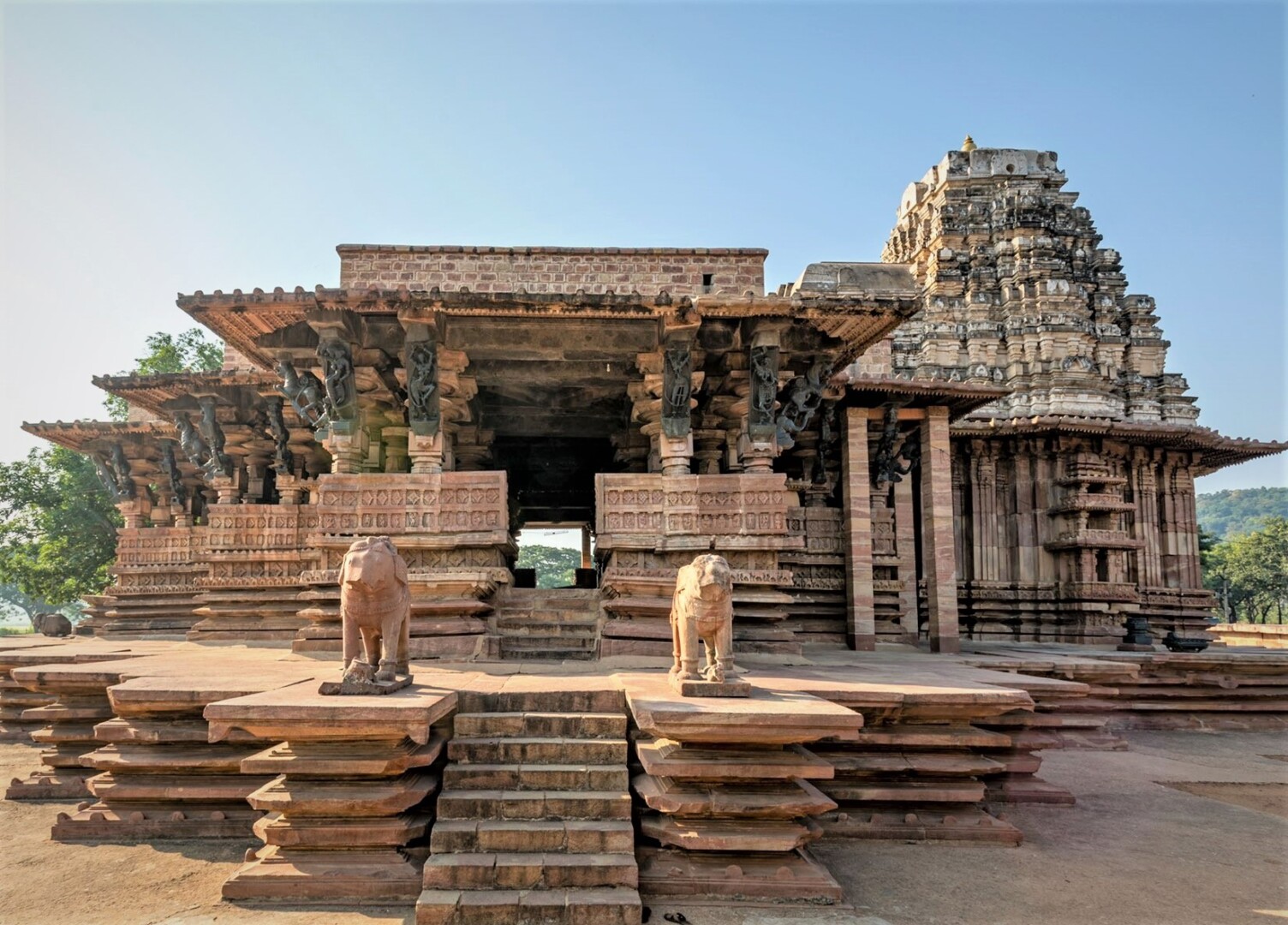
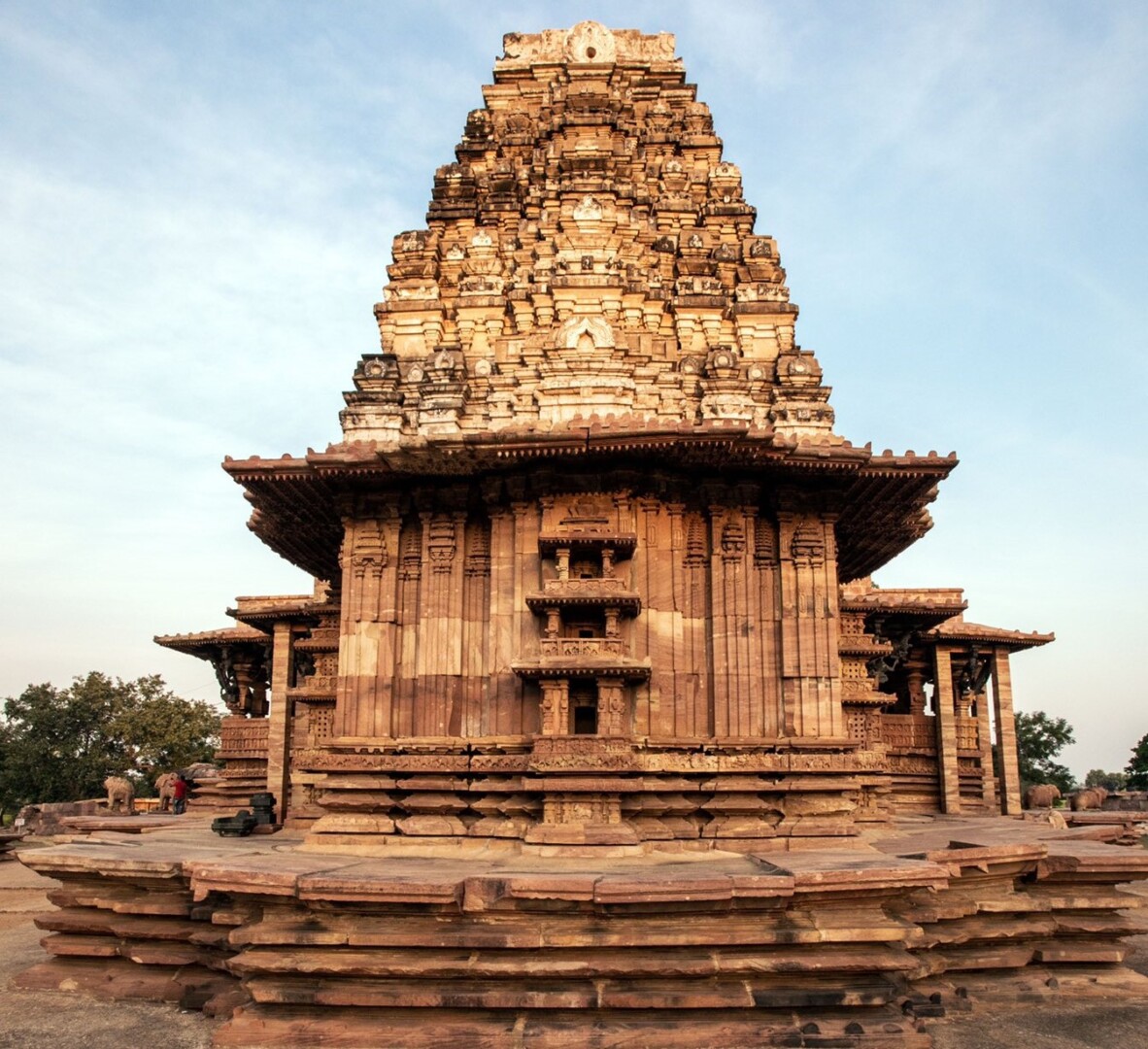
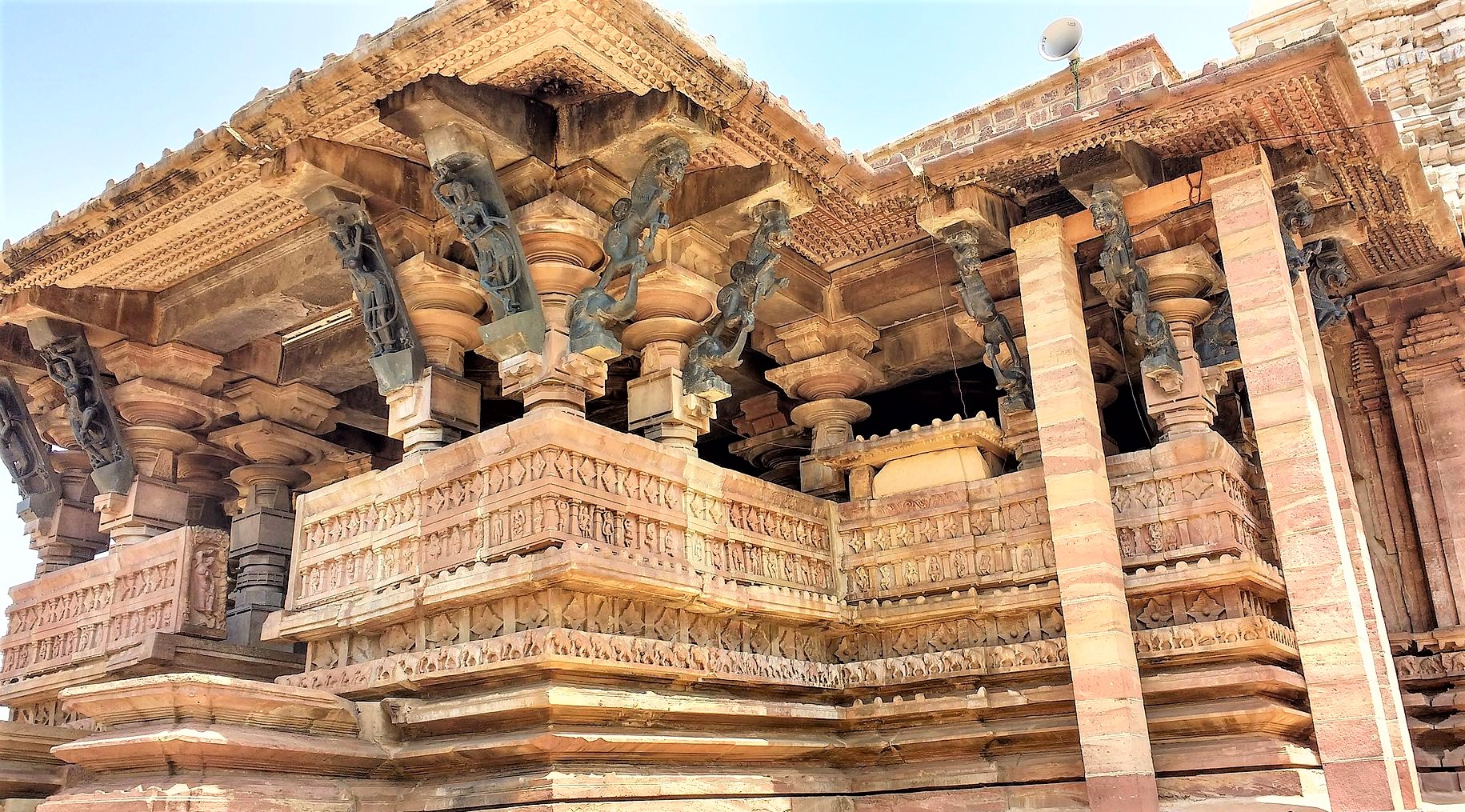
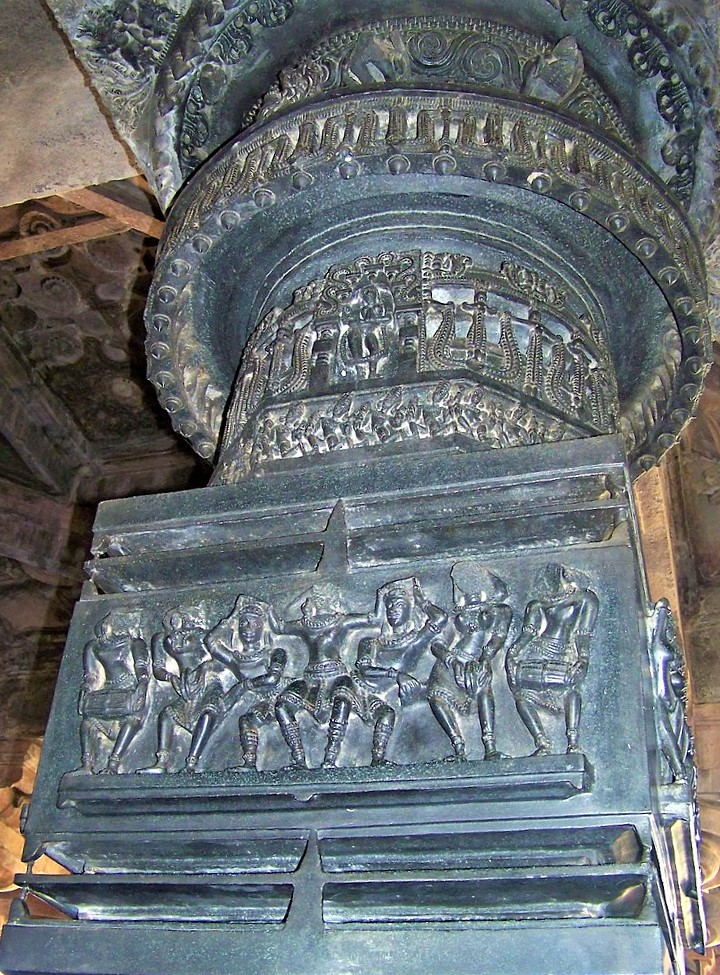
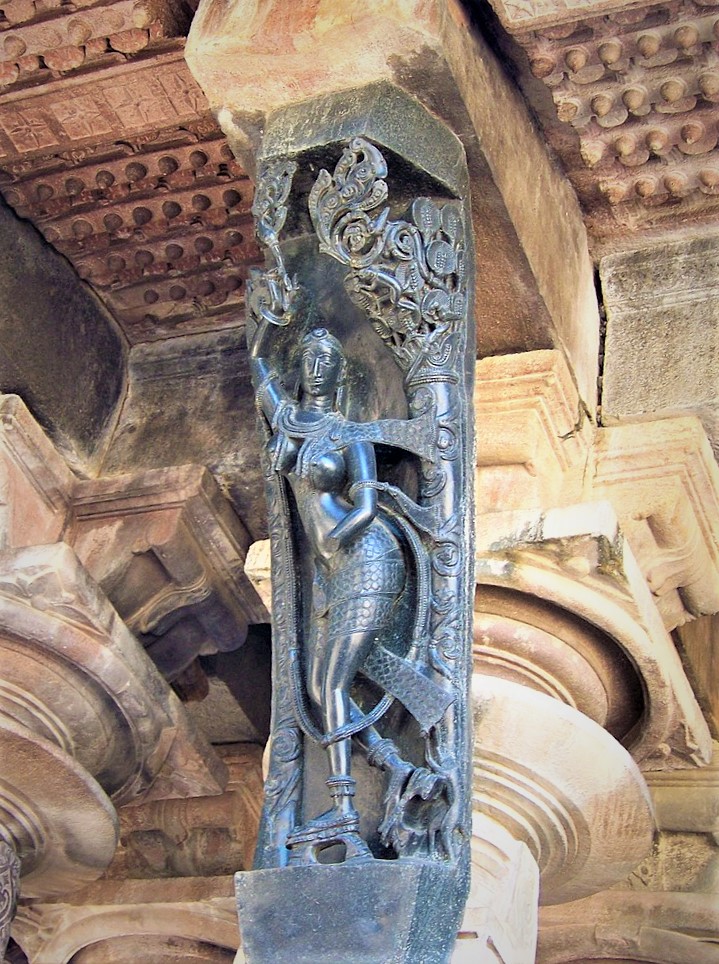
Leave a Reply